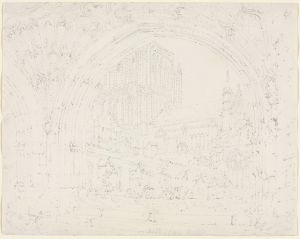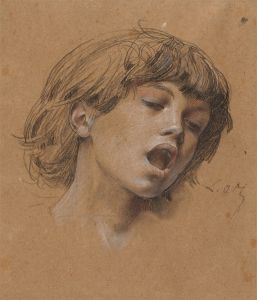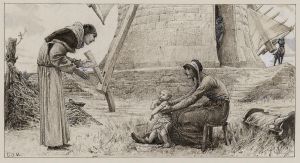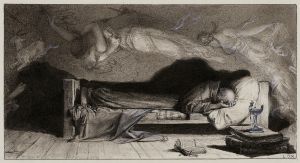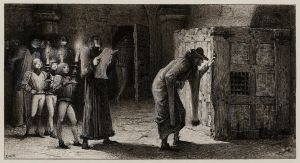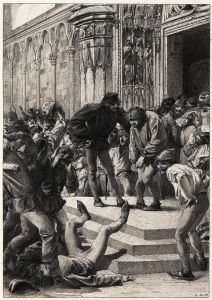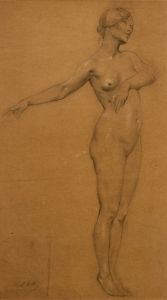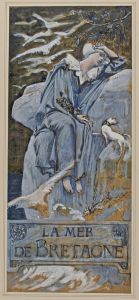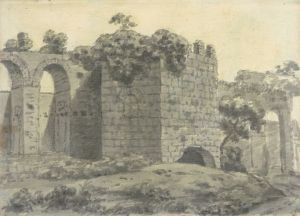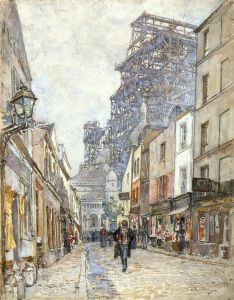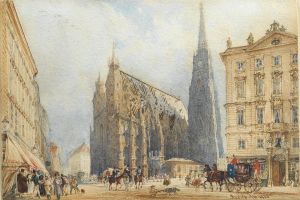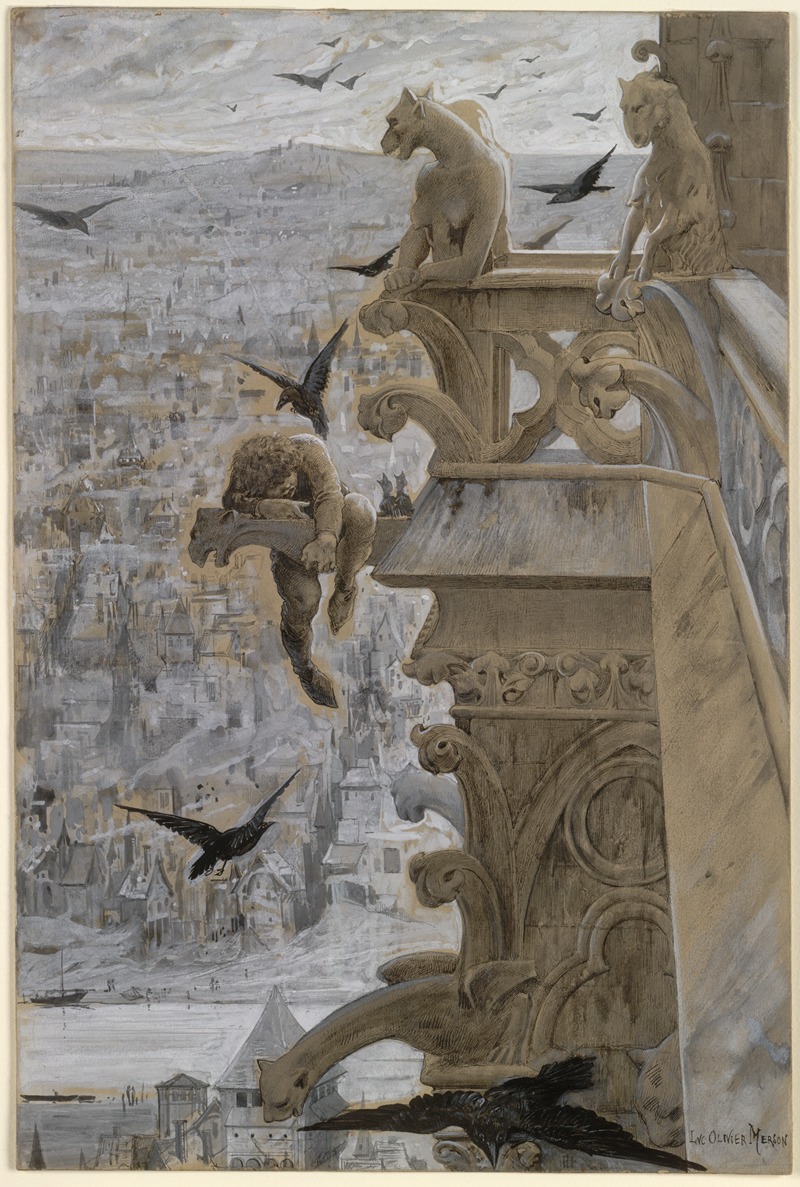
Notre-Dame de Paris
A hand-painted replica of Luc-Olivier Merson’s masterpiece Notre-Dame de Paris, meticulously crafted by professional artists to capture the true essence of the original. Each piece is created with museum-quality canvas and rare mineral pigments, carefully painted by experienced artists with delicate brushstrokes and rich, layered colors to perfectly recreate the texture of the original artwork. Unlike machine-printed reproductions, this hand-painted version brings the painting to life, infused with the artist’s emotions and skill in every stroke. Whether for personal collection or home decoration, it instantly elevates the artistic atmosphere of any space.
Luc-Olivier Merson's painting Notre-Dame de Paris is a notable work of 19th-century French art. Created in 1881, the painting is a visual interpretation of Victor Hugo's famous 1831 novel Notre-Dame de Paris (commonly known in English as The Hunchback of Notre-Dame). Merson's artwork captures the dramatic and romantic essence of Hugo's literary masterpiece, which played a significant role in reviving interest in Gothic architecture and the preservation of the Notre-Dame Cathedral in Paris.
The painting depicts a poignant scene featuring Quasimodo, the novel's central character, cradling the unconscious body of Esmeralda, the young Romani woman he loves. The setting is the rooftop of the Notre-Dame Cathedral, with its iconic Gothic architecture providing a dramatic backdrop. Merson's use of light and shadow emphasizes the emotional intensity of the moment, highlighting Quasimodo's anguish and devotion. The composition reflects the themes of love, tragedy, and redemption that are central to Hugo's novel.
Luc-Olivier Merson (1846–1920) was a French academic painter, illustrator, and designer known for his detailed and evocative works. He was a member of the Académie des Beaux-Arts and gained recognition for his historical and religious paintings, as well as his contributions to book illustration and decorative arts. Merson's style often combined elements of realism and symbolism, and his works were praised for their meticulous attention to detail and emotional depth.
The painting Notre-Dame de Paris is an example of Merson's ability to translate literary themes into visual art. It reflects the 19th-century fascination with medievalism and the Romantic movement's emphasis on emotion and individual experience. The work also underscores the cultural impact of Victor Hugo's novel, which not only inspired artists like Merson but also contributed to the eventual restoration of the Notre-Dame Cathedral, led by architect Eugène Viollet-le-Duc.
Today, Merson's Notre-Dame de Paris is recognized as an important piece of art that bridges literature and visual storytelling. It serves as a testament to the enduring influence of Hugo's novel and the artistic achievements of the French Romantic and academic traditions. The painting is part of the collection of the Musée des Beaux-Arts in Nantes, France, where it continues to be appreciated by art enthusiasts and scholars alike.





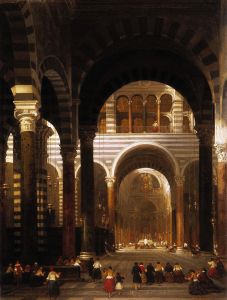
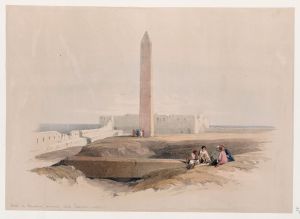
![Temple of Dandour [Dendûr], Nubia.](/imgs/217545/s/david-roberts-temple-of-dandour-dendur-nubia-8921547f.jpg)
